Summary
Salesforce data migration process is needed by a number of organizations today, and the salesforce data migration provider companies can help them in this regard. These providers follow some steps for the migration procedure. In this article, you will know about these steps.
Salesforce data migration services are needed by the business organizations when salesforce data is required to be moved to other target organizations wherever required. If your company has a team of salesforce experts then you can do it internally.
But, it is not feasible for every organization to keep its own staff for the data migration process. In such a case, the company has the option to buy the services of a salesforce data migration service provider. We all know that this is the era of tie-ups and teamwork, which is why it is always better to divide some tasks among others who have experience and expertise in them.
The data migration service providers follow some steps to accomplish the process. Knowing these steps will give you a vivid understanding of the same, which will help you to take the decision about whether acquire the migration services or not.
So, here is the data migration process followed by the service providers that you need to know.
Process of Data Migration
1. Preparation
It will not be wrong to say that the success of the process highly depends upon the preparation part. So, the service providers allocate sufficient time to complete this phase. Better preparation leads to less chances for iteration later.
2. Selection of Data
“Data to migrate” and “data source of truth” are first identified in the preparation phase. The type of processes built by you in salesforce will unquestionably influence your data selection. But, it could also be realized by you that additional objects and processes are needed to be built when you are going to analyze.
Typically, the phrase “source of truth” is used for the backend in the online business. It is because it is the place where customer transactions are directly stored.
3. Data Mapping
Ensuring that all records of each source system comprise a unique identifier is the next step in the preparation phase. In case any of the data categories in one source system belongs to another one in a different system, the unique ID of the second one is needed in each related record.
For instance, if it is being planned to migrate current customer details from the backend but it is also required to import to migrate past sales information from the previous CRM, each sales contract record in CRM is needed to have a backend ID.
4. Migration
The actual transfer of data comes in the second phase from the source system(s) to your salesforce.org. The migration method chosen by you will mainly depend on the type of resources available to you (developer, admin), the volume of records needed by you to import into salesforce, the complexity of the source data, and the distance between the salesforce data model and the source data structure(s).
5. Quality Assurance
After the data is transferred, you are required to ensure that all the data has been transferred rightly. It means all the data transferred in the correct format and relationships between the distinct data tables are reflected precisely.
In case the result of your quality assurance text is not successful, you will require to find the phases in which errors took place. If they are found in the preparation phase, you will require to iterate the entire process.
To Sum Up
Salesforce data migrations are very complicated procedures and each one of them is a pretty an exclusive process. The key to the success of the process is having a good understanding of source system(s) as well as data structure(s).
The salesforce data migration provider companies have teams of experts who have the above-mentioned understanding. So, it will be a good option to get their services in order to accomplish the data migration process perfectly.










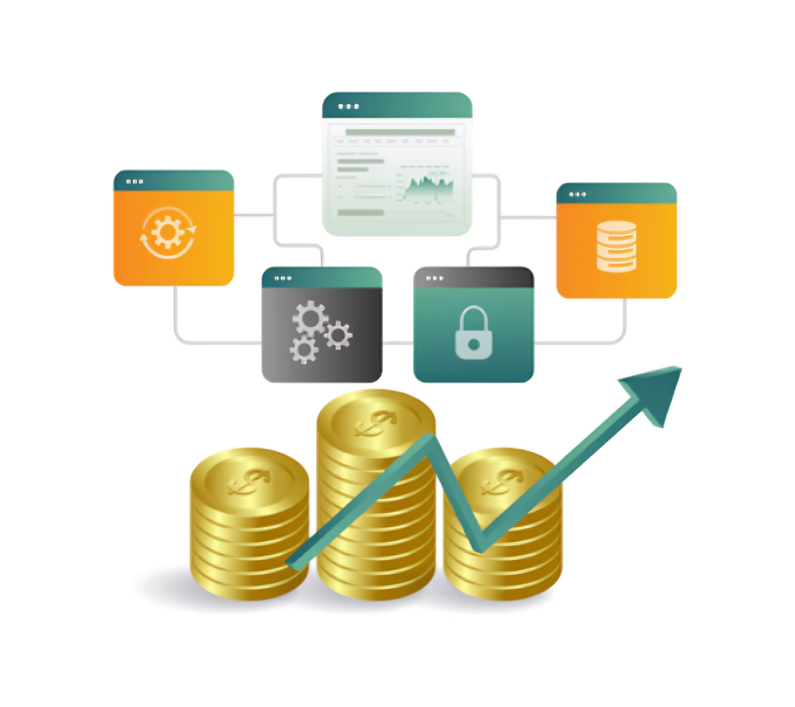
















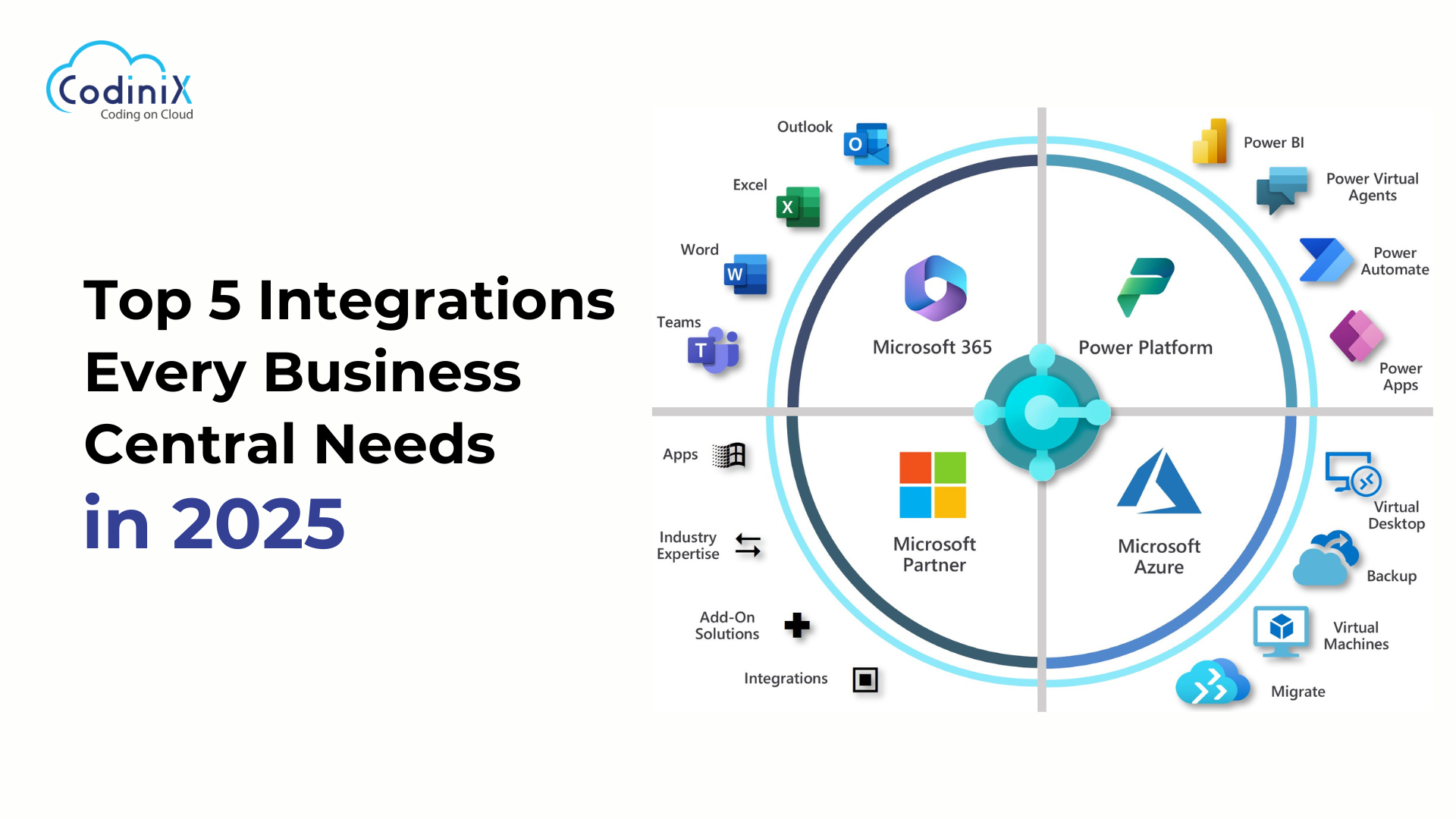
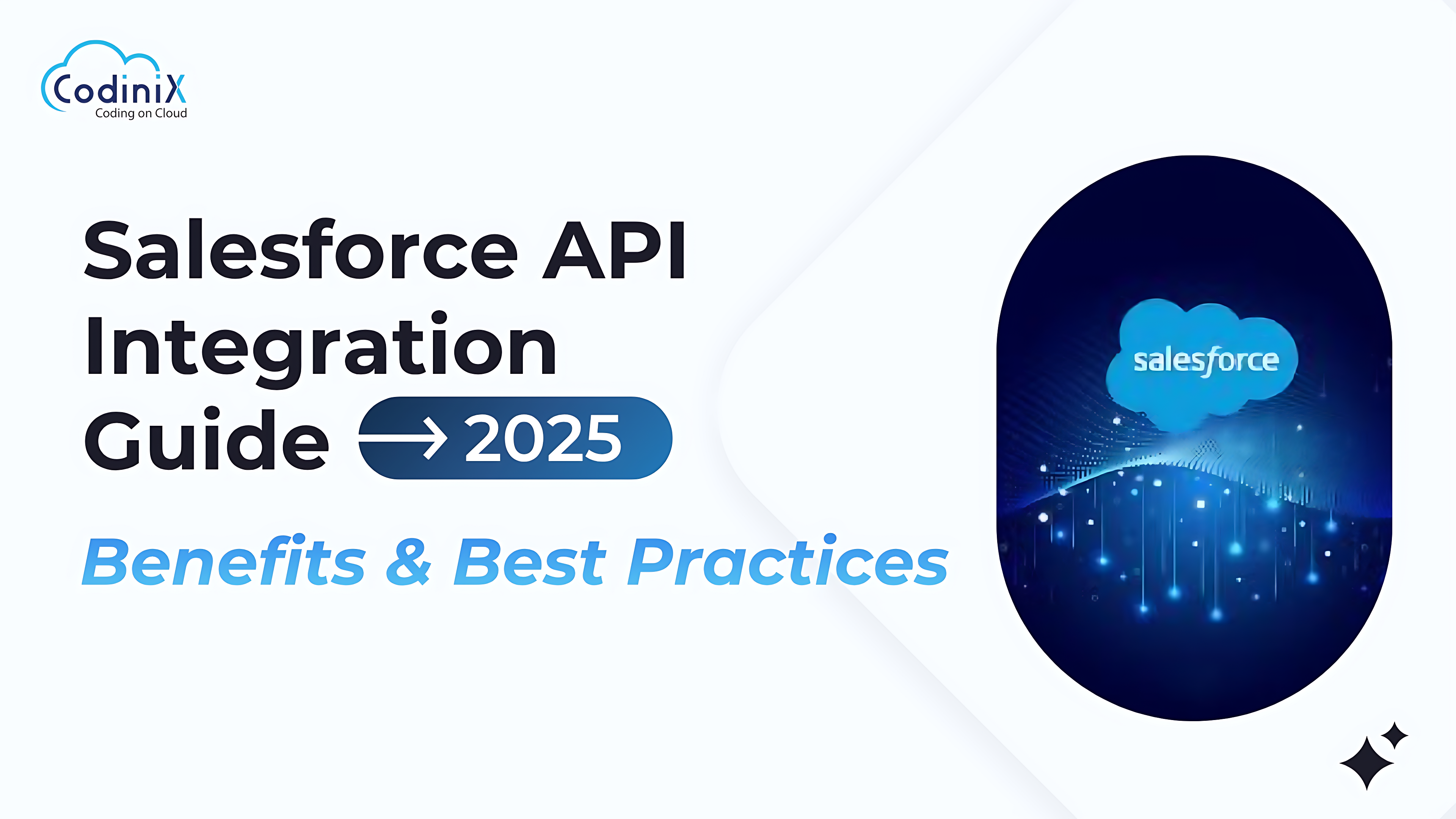
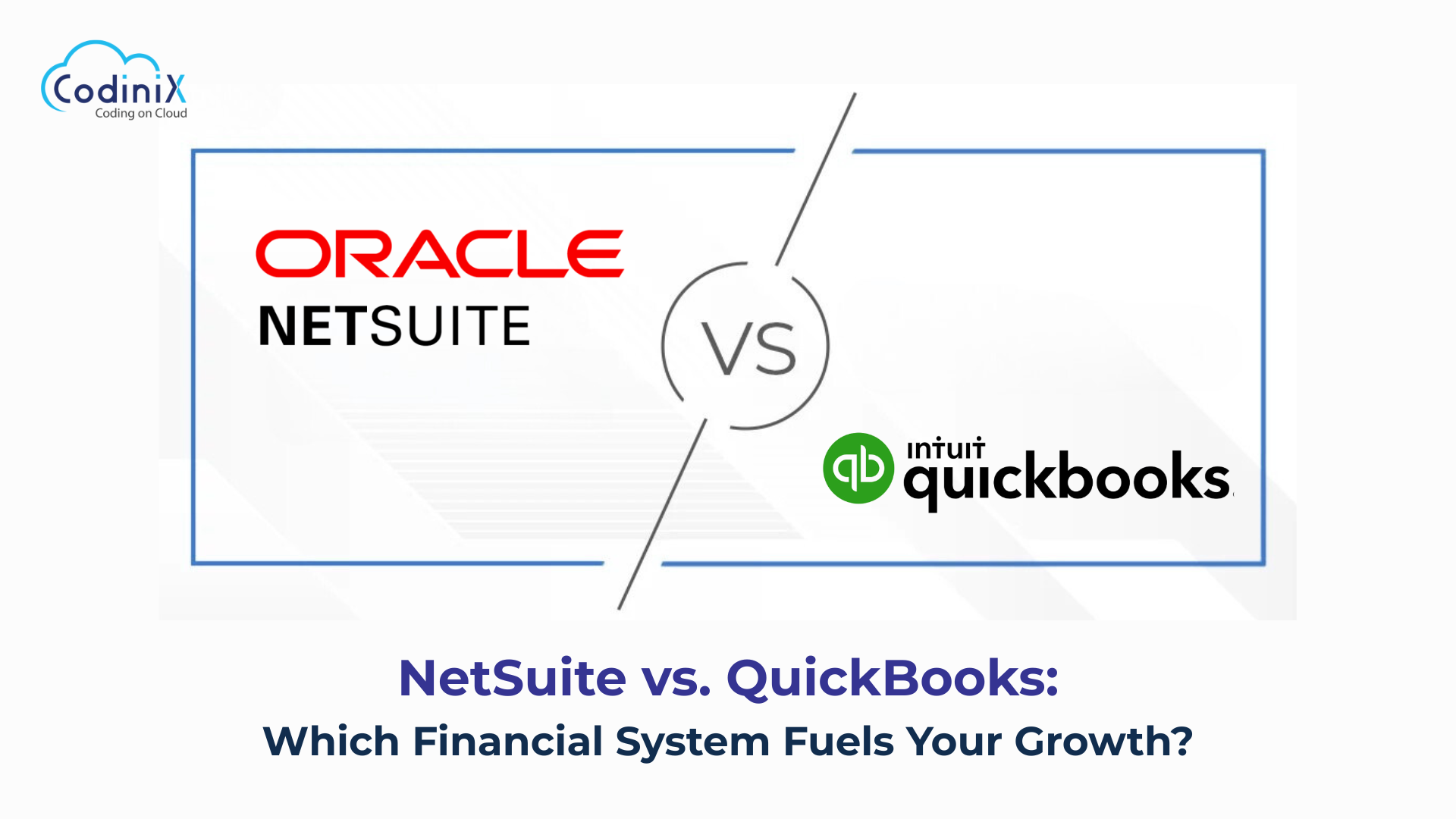
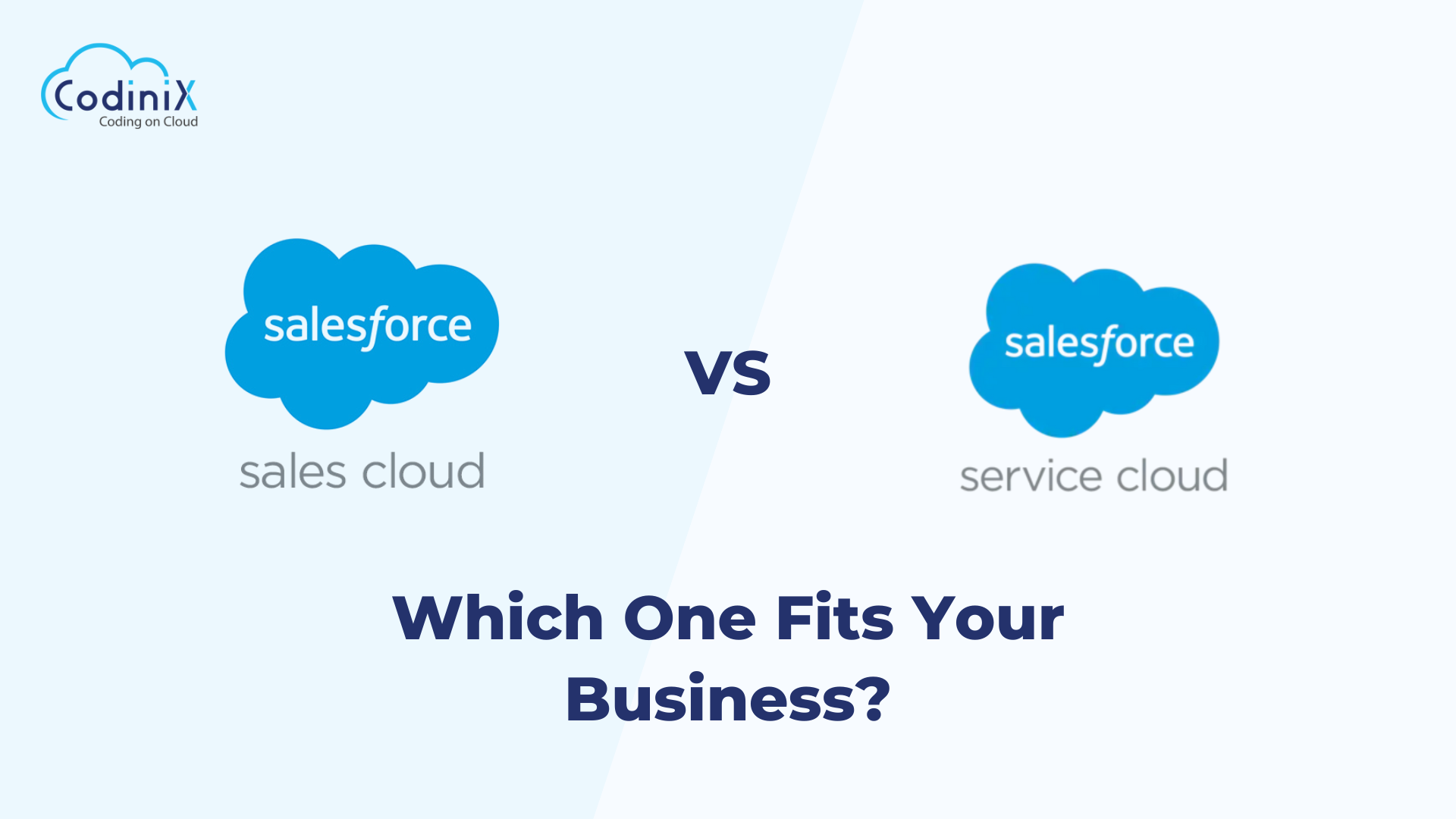
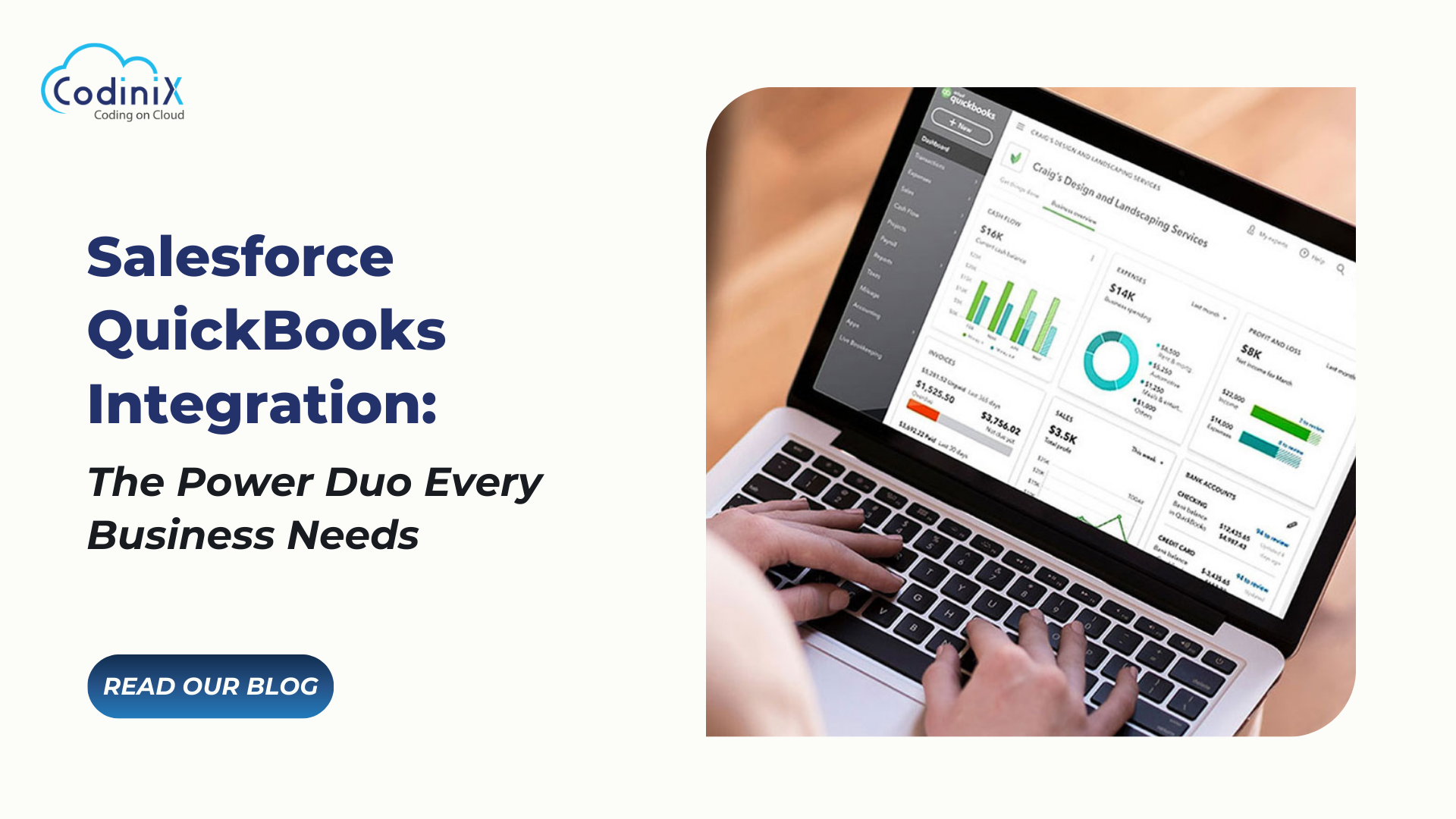
Leave Your Thoughts!!